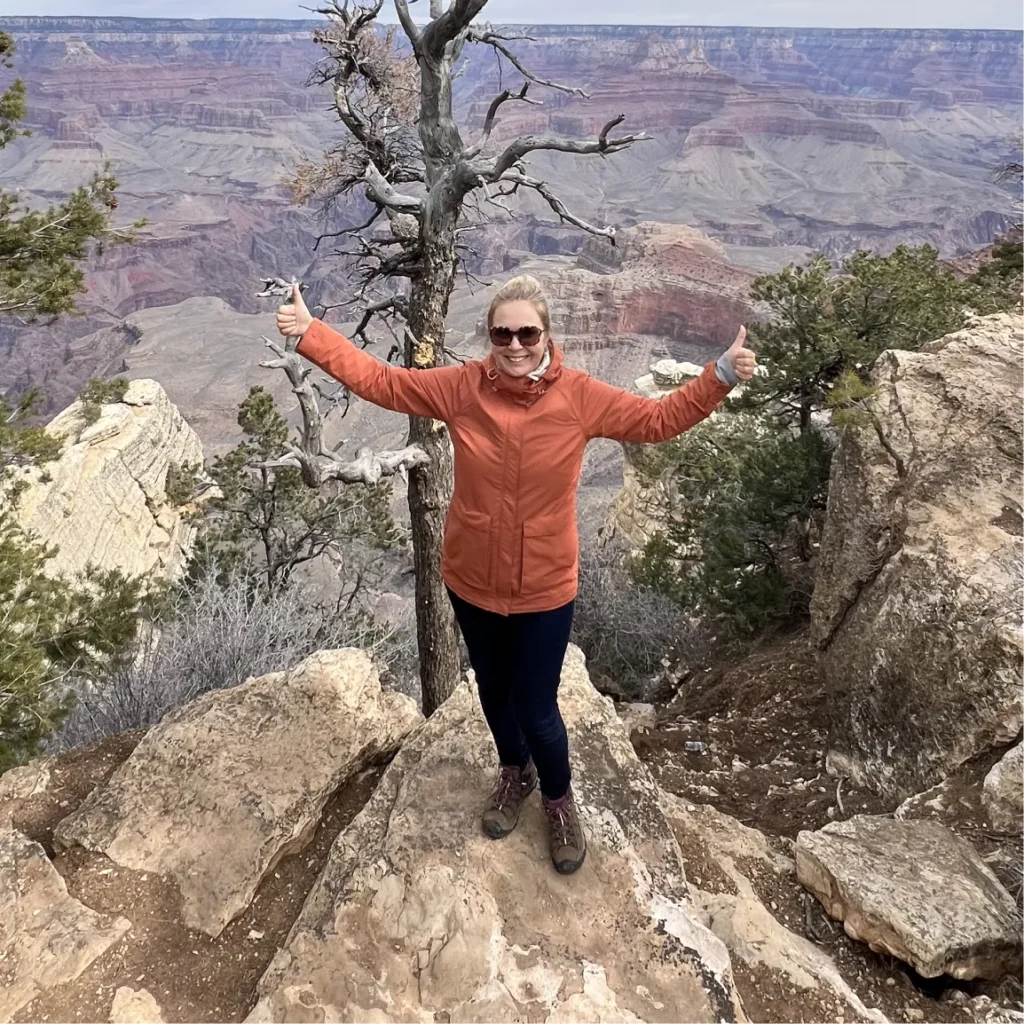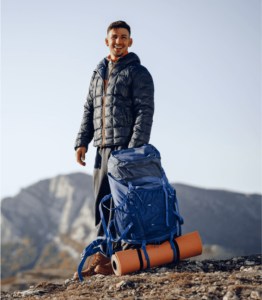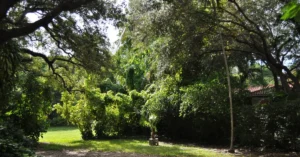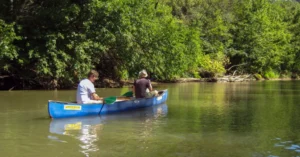Embark on a thrilling adventure into the heart of nature with our comprehensive Wildlife Watching Checklist and Instructions for a Perfect Vacation. If you love exploring the wild and witnessing animals in their natural habitats, this blog is for you. Whether you’re a seasoned traveler or a first-time wildlife enthusiast, organizing a trip to parks and reserves can be daunting.
Don’t worry; we’ve got you covered! Our carefully curated checklist will guide you through the essentials, ensuring you’re well-prepared for an unforgettable experience. From essential gear to crucial tips, get ready to immerse yourself in the wonders of the wild while staying safe and making the most of your journey. Let’s dive into the preparations that will make your wildlife-watching trip truly spectacular!
What Does Wildlife Watching Mean?

Wildlife watching is the practice of observing animals in their natural habitats, allowing you to see creatures as they live and interact in the wild. Unlike zoos or animal parks, wildlife watching involves visiting natural environments like national parks, forests, and reserves. It offers a unique opportunity to witness animals behaving naturally, from hunting and foraging to social interactions.
This activity not only provides an educational experience but also fosters a deeper appreciation for biodiversity and conservation. Wildlife watching can be a tranquil, awe-inspiring adventure, connecting you with nature in an intimate and respectful way.
Importance Of Pre-Planning
- Ensures Safety: Pre-planning helps ensure your safety by allowing you to research the terrain, climate, and potential hazards of the area. Knowing what to expect helps you pack appropriate gear and take necessary precautions to avoid dangerous situations.
- Maximizes Sightings: Researching the best times and locations to visit increases your chances of seeing wildlife. Certain animals are more active during specific seasons or times of the day, so planning ahead can lead to more rewarding sightings.
- Improves Comfort: Pre-planning ensures you bring the right supplies, such as proper clothing, food, and hydration. Being well-prepared enhances your comfort during the trip, allowing you to focus on enjoying the wildlife experience without worrying about basic needs.
- Enhances Conservation Efforts: Understanding local conservation rules and guidelines helps minimize your impact on the environment. Pre-planning includes learning about responsible wildlife watching practices, ensuring that your trip supports, rather than harms, local ecosystems and wildlife.
- Saves Time and Money: Efficient planning helps you make the most of your time and budget. Booking accommodations, transportation, and guides in advance often results in better deals and smoother logistics, allowing you to enjoy your trip without unnecessary stress.
Location Selection Checklist
Research the Wildlife in the Area
Researching the wildlife in the area is crucial for a successful trip. Identify the species you’re likely to encounter and their behaviors, such as feeding and mating habits. Learn about their habitats and the best times for sightings. This information helps you plan your itinerary and increases your chances of seeing diverse wildlife. Additionally, understanding local conservation efforts and regulations ensures you respect the environment and contribute positively to preservation efforts. Being informed makes your wildlife watching experience more enriching and responsible.
Check The Distance
Checking the distance to your wildlife watching destination is essential for effective planning. Knowing how far you’ll travel helps you estimate travel time, fuel costs, and accommodation needs. It also allows you to plan rest stops and meal breaks, ensuring a comfortable journey. Additionally, understanding the distance can help you decide whether to drive or use alternative transportation. Properly assessing the travel distance ensures you’re well-prepared, minimizing stress and maximizing enjoyment during your wildlife adventure.
Inquire About Entry Fees
Inquiring about entry fees is a vital step in planning your wildlife watching trip. Many parks and reserves charge admission fees, which can vary based on the season, age, and residency status. Knowing these costs in advance helps you budget appropriately and avoid unexpected expenses. Additionally, some locations offer discounts or require advance booking for permits. Understanding the fee structure ensures you have the necessary funds and paperwork, making your entry smooth and hassle-free, and allowing you to focus on enjoying the wildlife experience.
Check Treks and Adventure
Checking available treks and adventure options in your wildlife watching area enhances your trip planning. Research the various trails, guided tours, and adventure activities offered, as they can provide unique perspectives on local wildlife and landscapes. Understanding the difficulty levels, duration, and safety requirements helps you choose the best options for your fitness level and interests. This preparation ensures you experience the best of what the location has to offer, making your trip more enjoyable and memorable while keeping you safe and well-prepared.
Determine Stay Location
Determining your stay location is crucial for a smooth wildlife watching trip. Choose accommodations that are close to the wildlife areas you plan to visit. Proximity reduces travel time and allows you to start early, increasing your chances of seeing more animals. Consider the type of lodging that suits your needs, whether it’s camping, a lodge, or a hotel. Ensure it provides necessary amenities and meets your budget. By selecting the right stay location, you enhance your comfort and maximize your wildlife watching opportunities.
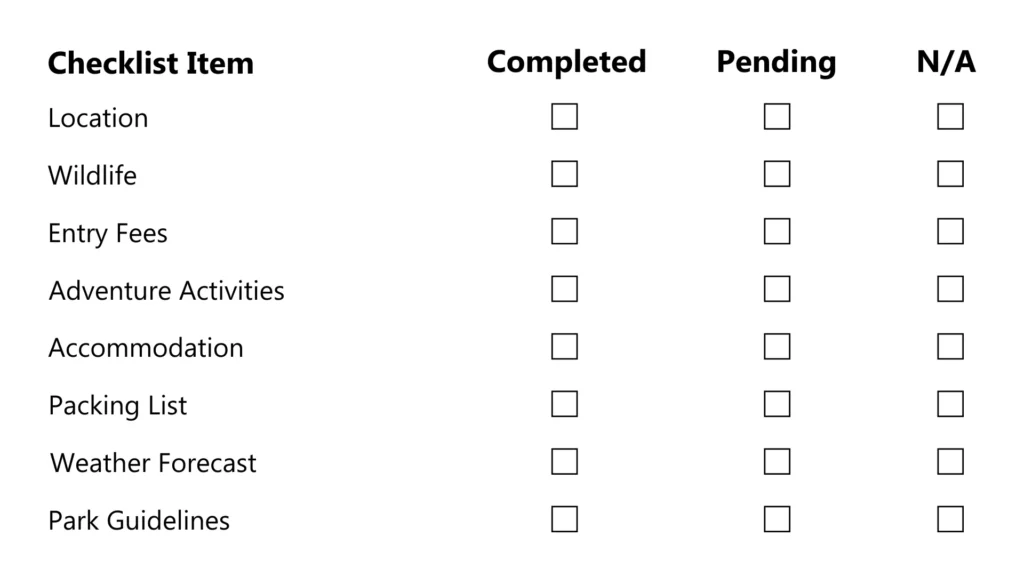
Wildlife Watching Checklist
Animal Watching Equipment

When preparing for a wildlife watching adventure, ensure you have all the essential equipment for an optimal experience:
- High-quality binoculars
- Camera with zoom lenses
- Extra batteries and memory cards
- Comprehensive field guide
- Weather-appropriate, comfortable clothing and sturdy footwear
- Durable backpack
- Snacks and water
- First aid kit (bandages, antiseptic wipes, pain relievers, personal medications)
- Notebook and pen
- Sunblock, hat, sunglasses, and rain gear
- Portable charger
Proper Safety Equipment

When embarking on a wildlife watching adventure, bringing proper safety equipment is crucial to ensure your well-being. Items like bear spray are essential for self-protection, particularly in areas known for bear activity. A whistle can be a simple but effective tool for scaring away animals and alerting others in case of an emergency. Additionally, carrying a sturdy walking stick can help you navigate rough terrain and act as a deterrent against smaller animals.
Personal alarms and flashlights are useful for visibility and protection during low-light conditions. Always have a first aid kit on hand to treat minor injuries and include any personal medications. Wearing protective clothing, such as long sleeves and pants, can prevent bites and stings from insects and small animals. By equipping yourself with these safety tools, you can confidently enjoy your wildlife watching experience while minimizing risks and ensuring a safe return.
Dress Appropriately

Dressing appropriately is key for a successful and comfortable wildlife watching experience. Wear weather-appropriate clothing that suits the climate and terrain of your destination. Layer your clothing to adjust easily to temperature changes throughout the day. Choose neutral colors like green, brown, or tan to blend into the environment, reducing the chances of startling wildlife.
Opt for moisture-wicking and breathable fabrics to stay dry and comfortable during your adventure. Sturdy, waterproof footwear with good traction is essential for navigating various terrains. Don’t forget a hat and sunglasses for sun protection, and pack a rain jacket to stay dry in case of unexpected showers. Additionally, wearing long sleeves and pants can help protect against insect bites and scratches from vegetation. By dressing appropriately, you enhance your comfort and increase your chances of a rewarding wildlife watching experience.
Pack Medical Kit

Packing a medical kit is essential for ensuring your safety and well-being during a wildlife watching trip. A well-stocked medical kit should include basic first aid supplies such as adhesive bandages, antiseptic wipes, gauze pads, and medical tape for treating minor cuts and injuries. Include pain relievers, antihistamines for allergic reactions, and any personal medications you might need. It’s also wise to pack insect repellent and treatments for insect bites or stings.
A small pair of scissors, tweezers, and a digital thermometer can be valuable additions. Consider adding blister treatment supplies, especially if you’ll be doing a lot of walking. Keep the medical kit in a waterproof bag to protect its contents from the elements. Having a medical kit on hand ensures you are prepared for minor medical issues, allowing you to focus on enjoying your wildlife watching adventure.
Get Rain Covers

Getting rain covers is an important step in preparing for a wildlife watching trip. Sudden weather changes can occur, and having rain covers for your gear ensures your equipment stays dry and functional. Invest in waterproof covers for your backpack and camera to protect them from moisture. Additionally, carry a lightweight, packable rain poncho or jacket to keep yourself dry and comfortable.
Rain covers not only shield your belongings but also help maintain visibility and safety during wet conditions. Proper preparation with rain covers allows you to continue your wildlife adventure, regardless of unexpected downpours, ensuring a seamless and enjoyable experience.
Pack Meals or Food Items

Packing meals or food items is essential for a successful wildlife watching trip. Choose non-perishable, easy-to-carry snacks like trail mix, granola bars, and dried fruit to keep your energy levels up throughout the day. Consider packing sandwiches or wraps for a more substantial meal, and include items like nuts, cheese, and fresh fruit for variety. Bring plenty of water to stay hydrated, and consider using a reusable water bottle with a built-in filter for convenience.
Packing your own food ensures you have nutritious options readily available, allowing you to focus on enjoying the wildlife without worrying about finding food in remote areas. Proper meal planning and preparation help maintain your energy and enhance your overall experience.
Read Park Guidelines
Reading park guidelines is a crucial step before embarking on your wildlife watching adventure. Park guidelines provide important information on permitted activities, designated trails, and restricted areas to ensure the protection of wildlife and natural habitats. Familiarizing yourself with these rules helps you understand how to interact responsibly with the environment, minimizing your impact.
Guidelines often include essential safety tips, such as how to handle wildlife encounters and what to do in emergencies. Adhering to park regulations also supports conservation efforts and ensures that the park remains a pristine and enjoyable destination for future visitors. By reading and following park guidelines, you contribute to the preservation of the natural beauty and wildlife you came to enjoy.

Seasonal Consideration to Make Before Planning a Trip
- Wildlife Activity: Different seasons affect animal behavior and visibility. Research the best time of year for viewing specific species. For example, many animals are more active during mating or migration seasons, providing better chances for sightings.
- Weather Conditions: Seasonal weather impacts the overall experience. Check the typical weather for your destination during your planned visit. Prepare for extreme temperatures, rain, or snow to ensure comfort and safety during your trip.
- Visitor Crowds: Tourist seasons vary, affecting park congestion. Visiting during peak seasons might mean larger crowds and less wildlife activity due to human presence. Consider off-peak times for a quieter, more intimate experience with nature.
- Accommodation Availability: Popular seasons can lead to fully booked accommodations. Plan and book your stay well in advance to secure a place that meets your needs and budget. Off-season visits often offer more availability and potentially lower rates.
- Local Events and Activities: Seasonal events, such as festivals or local wildlife activities, can enhance your trip. Research any special events happening during your visit that might offer unique wildlife watching opportunities or cultural experiences.
- Safety and Accessibility: Seasonal changes can affect trail conditions and accessibility. Some areas may be closed during certain times of the year due to weather or conservation efforts. Verify trail and park accessibility to avoid unexpected closures and ensure a smooth trip.
End Note
Planning a wildlife watching trip requires careful consideration of seasonal factors. Understanding wildlife activity, weather conditions, visitor crowds, accommodation availability, local events, and safety helps ensure a successful adventure. Each season offers unique opportunities and challenges, so thorough preparation is key.
By considering these factors, you can enhance your chances of having a memorable and enjoyable wildlife watching experience. Happy wildlife watching, and may your trip be filled with amazing sightings and safe travels!




